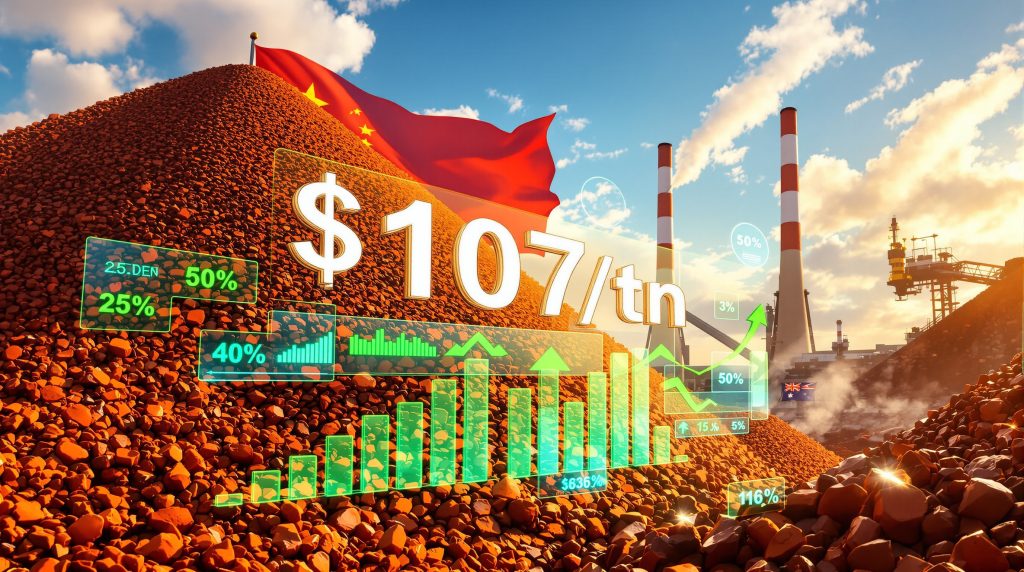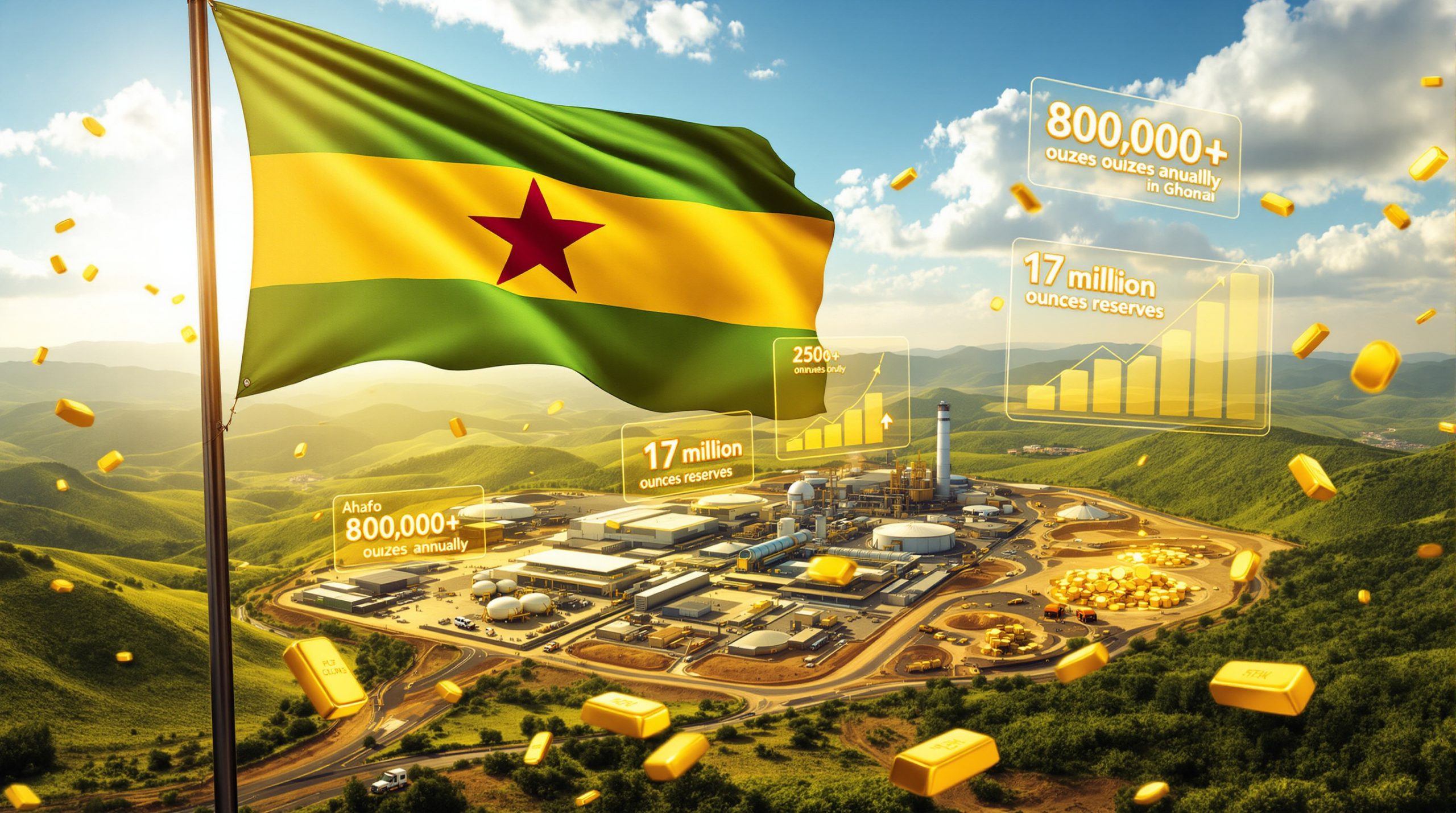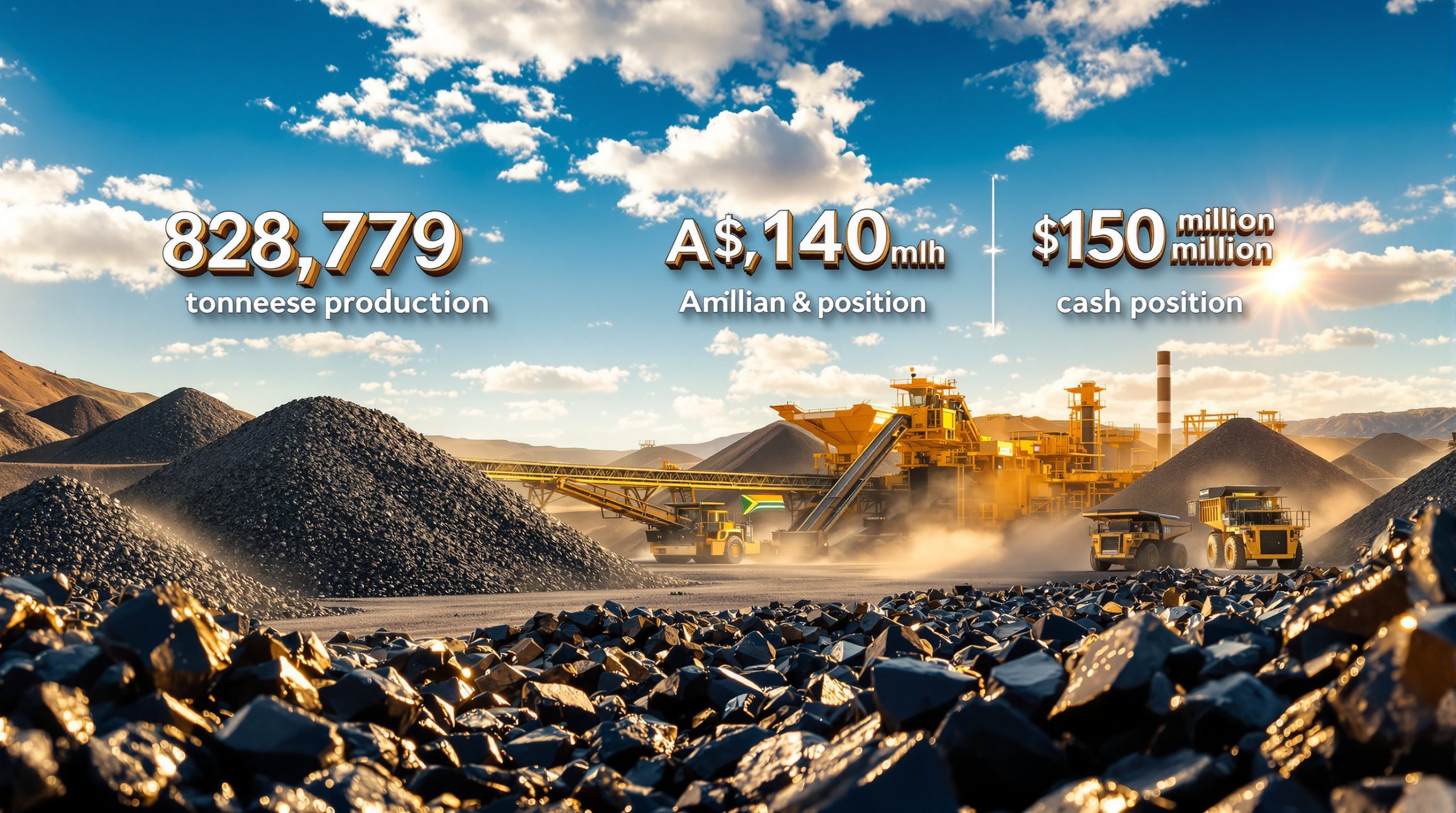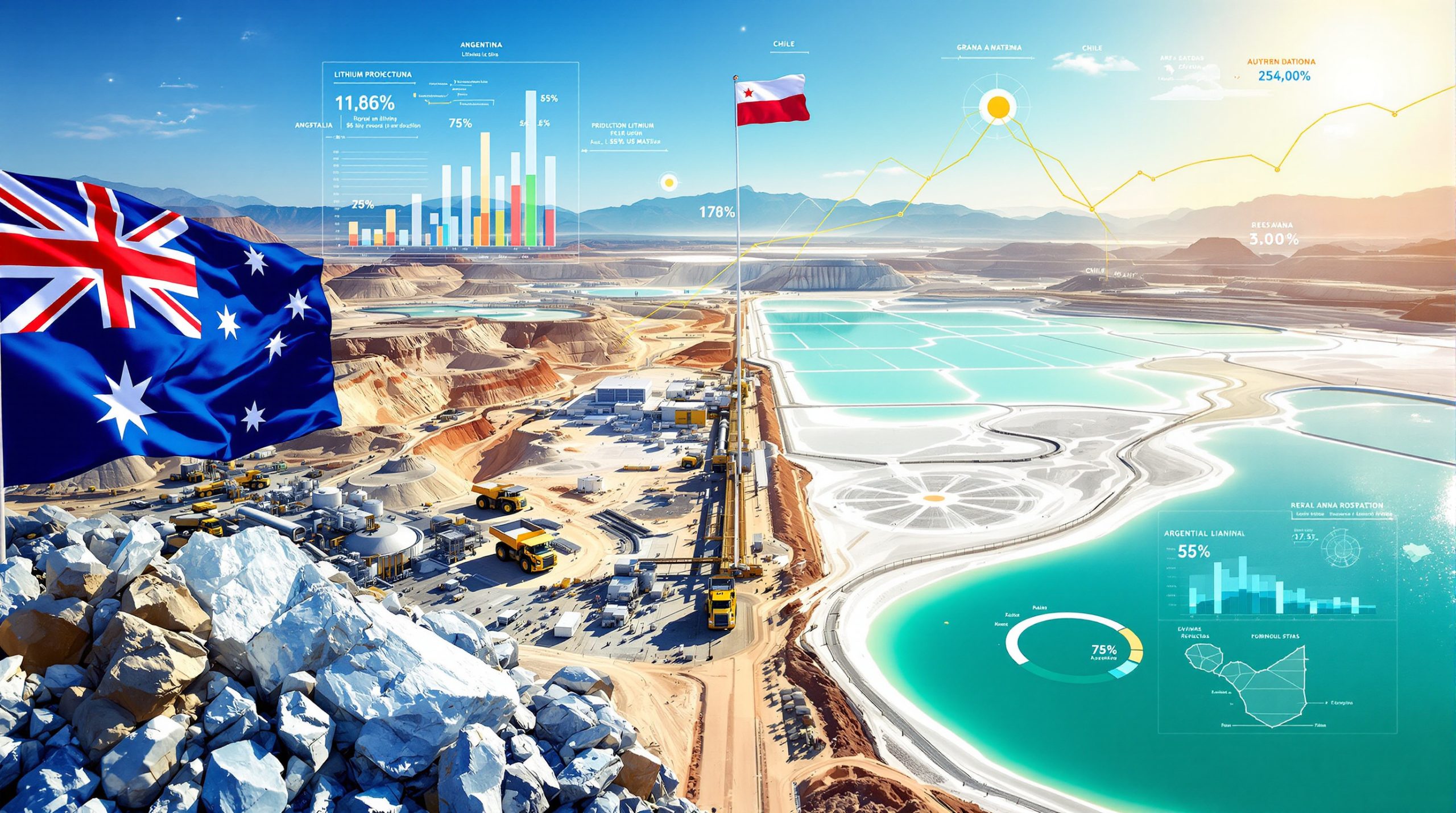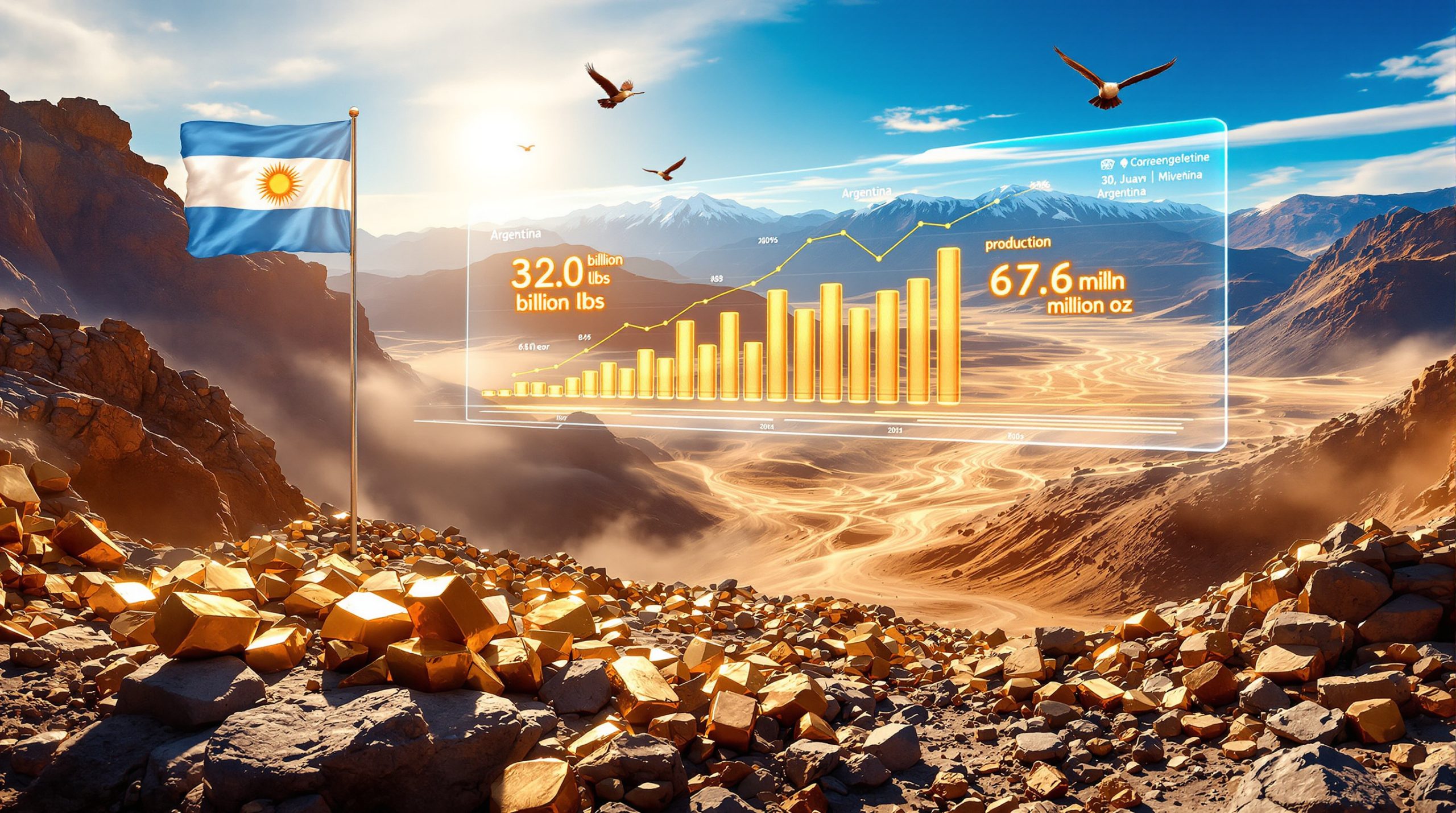Understanding Iron Ore's Current Market Position at US$107/tn
Iron ore prices at US$107/tn represent a significant milestone in commodity markets, reflecting complex dynamics between global steel demand, supply chain constraints, and geopolitical developments. This pricing level demonstrates the market's response to fundamental shifts in production patterns and international trade relationships that continue to shape the resources sector. Furthermore, understanding these iron ore price trends provides crucial context for market participants navigating current conditions.
The current price point sits within a range that suggests sustainable market conditions, avoiding the extreme volatility witnessed during previous commodity cycles. Market participants view US$107/tn as reflecting genuine supply-demand fundamentals rather than speculative excess, providing a foundation for strategic planning across the mining sector.
Key Price Drivers Behind the US$107/tn Threshold
Multiple converging factors have propelled iron ore prices at US$107/tn, creating a confluence of demand acceleration and supply limitations. Steel mill restocking activities following seasonal maintenance periods have intensified purchasing pressure, while construction sector preparation for peak building seasons adds additional demand momentum. In addition, iron ore miner demand has surged as companies respond to improved market fundamentals.
Supply chain disruptions across major producing regions continue to support elevated pricing. Weather-related challenges in Australian mining operations, combined with logistical constraints affecting Brazilian exports, have tightened available supply volumes reaching international markets.
Quality premiums for higher-grade ore have become increasingly pronounced at current price levels. Steel producers prioritise efficiency gains achievable through premium ore grades, creating differentiated pricing structures that support the overall US$107/tn benchmark. For instance, recent developments like the Onslow iron operation resumption have positively impacted supply dynamics.
Historical Context: How US$107/tn Compares to Previous Cycles
The current iron ore prices at US$107/tn establish a measured pricing environment compared to previous commodity supercycles. This level represents approximately half the peak pricing witnessed during 2021's extraordinary market conditions, while maintaining elevation above long-term historical averages.
| Period | Peak Price (US$/tn) | Duration | Primary Drivers |
|---|---|---|---|
| 2021 Supercycle | $220 | 4 months | Pandemic recovery, stimulus |
| Current Cycle | $107 | Ongoing | Structural demand, supply constraints |
| 2008-2011 Boom | $180 | 18 months | Infrastructure expansion |
| Long-term Average | $85 | Historical | Balanced supply-demand |
This pricing comparison reveals the current market's fundamental basis rather than speculative excess. Iron ore prices at US$107/tn reflect sustainable demand patterns supported by ongoing industrial development rather than temporary market distortions.
Why Chinese Steel Demand Remains the Primary Price Catalyst
China's steel production patterns fundamentally determine iron ore pricing mechanisms globally, with the nation consuming approximately 70% of seaborne iron ore supplies. Recent policy developments supporting infrastructure investment and manufacturing expansion have generated renewed demand momentum directly translating into higher commodity valuations.
Government stimulus measures targeting construction and urban development create predictable demand cycles that mining companies actively monitor. These policy initiatives establish baseline consumption levels that support iron ore prices at US$107/tn through sustained industrial activity. However, ongoing concerns about US-China trade war impact continue to influence market sentiment.
Seasonal Restocking Patterns Driving Short-Term Volatility
Steel mills engage in cyclical inventory building during specific periods, creating predictable demand surges that push prices toward levels like US$107/tn. These seasonal patterns combine with environmental regulations that temporarily curtail production, generating supply-demand imbalances that commodity traders exploit.
Production scheduling around pollution control measures creates concentrated purchasing windows. Mills accelerate raw material acquisition before mandated shutdowns, intensifying competition for available ore supplies and supporting elevated pricing levels.
Infrastructure Stimulus Impact on Iron Ore Consumption
Chinese infrastructure development programs historically correlate with sustained iron ore demand growth. Current pricing reflects market anticipation of continued construction activity maintaining elevated consumption levels throughout 2025 and beyond.
Transportation network expansion, urban redevelopment projects, and industrial facility construction create diverse demand streams supporting iron ore prices at US$107/tn. These infrastructure investments generate long-term consumption patterns rather than temporary market fluctuations.
How Global Supply Dynamics Influence the US$107/tn Price Point
Global iron ore supply chains face multiple pressure points contributing to price elevation toward US$107/tn levels. Australian mining operations, representing the largest share of high-grade ore production, encounter weather-related disruptions that temporarily constrain export capabilities.
Supply Chain Constraint Analysis
• Australian weather disruptions: Cyclone seasons and flooding events create 6-8 week production interruptions
• Brazilian logistics bottlenecks: Port congestion and railway capacity limitations reduce export efficiency
• Shipping cost fluctuations: Seasonal freight rate variations add $3-6/tn to delivered prices
• Quality premium demands: Higher-grade ore commands $10-15/tn premiums over benchmark pricing
Quality differentiation becomes more pronounced at elevated price levels, as steel producers emphasise blast furnace efficiency improvements. Premium ore grades deliver measurable cost savings through reduced energy consumption and increased steel output per ton of raw material. Additionally, potential US tariffs and iron ore policy changes could further impact supply chain dynamics.
Quality Premiums Driving Price Differentiation
Higher-grade iron ore commands substantial premiums over benchmark pricing structures, with 65% iron content ore trading at significant markups compared to lower-grade alternatives. This quality differential intensifies at price levels like US$107/tn, as steel producers prioritise operational efficiency gains.
Technical specifications become increasingly important during elevated pricing periods. Ore with lower impurity levels, consistent sizing, and optimal chemical composition justifies premium pricing through improved furnace performance and reduced processing costs.
What Investment Implications Emerge from US$107/tn Iron Ore Pricing?
Australian Securities Exchange mining companies experience significant market movements as iron ore prices at US$107/tn generate substantial cash flow improvements. Major producers like BHP Group, Rio Tinto, and Fortescue Metals Group demonstrate enhanced profitability metrics that attract institutional investment interest.
Each US$10/tn price increase potentially adds billions in collective revenue across the Australian mining sector. This leverage effect creates compelling investment dynamics for shareholders of established resource companies with low-cost production profiles.
ASX Mining Sector Valuation Metrics
| Company Type | Production Cost (US$/tn) | Margin at US$107/tn | Investment Appeal |
|---|---|---|---|
| Tier 1 Miners | $40-50 | $57-67/tn | High cash generation |
| Mid-tier Producers | $50-65 | $42-57/tn | Moderate returns |
| Junior Developers | $65-80 | $27-42/tn | Project advancement |
Margin Expansion Opportunities for Major Producers
Established iron ore miners experience substantial margin expansion at US$107/tn pricing levels, as production costs for high-quality Australian ore typically range between US$40-60/tn. This cost structure creates attractive investment opportunities for equity holders of major resource companies.
Operational leverage amplifies profitability improvements when prices exceed long-term cost curves. Fixed infrastructure investments generate increasing returns as commodity prices rise, creating compounding value for shareholders during elevated pricing periods.
Junior Mining Company Valuation Impacts
Smaller iron ore exploration and development companies often experience amplified share price movements when benchmark prices reach US$107/tn levels. These companies benefit from improved project economics making previously marginal deposits commercially attractive.
Development projects require minimum price thresholds for economic viability. Current pricing levels validate numerous exploration initiatives and support capital raising activities necessary for project advancement from discovery through production phases.
How Sustainable Is Iron Ore Pricing at US$107/tn?
Industry analysis suggests iron ore prices at US$107/tn face pressure from both supply expansion and demand moderation over medium-term horizons. According to commodity market analysts, consensus forecasts indicate potential price normalisation toward US$95-100/tn averages throughout 2025, with longer-term projections suggesting further softening toward US$80-90/tn by 2029-2030.
Market fundamentals support current pricing through 2025, while structural changes in global steel production may create downward pressure beyond this timeframe. Supply additions from new projects and demand evolution through industrial decarbonisation present conflicting price pressures.
Supply Growth Pressures on Future Pricing
New iron ore projects entering global production will likely create downward pressure on prices currently trading around US$107/tn. Guinea's Simandou development and various Australian expansion initiatives represent significant supply additions reshaping market dynamics.
Major Supply Additions (2025-2030)
• Simandou Project (Guinea): 150 million tons annual capacity
• Australian brownfield expansions: 50 million tons additional capacity
• Brazilian project developments: 75 million tons new production
• Other global projects: 25 million tons combined capacity
These supply additions total approximately 300 million tons of new annual capacity, representing substantial market impact when compared to current global seaborne trade volumes exceeding 1.5 billion tons annually.
Demand Evolution and Decarbonisation Trends
Steel industry decarbonisation efforts may paradoxically support higher iron ore prices like US$107/tn, as producers increasingly demand premium-grade ores improving blast furnace efficiency and reducing carbon emissions per ton of steel produced.
Environmental regulations drive technological adoption requiring higher-quality raw materials. Direct reduction processes and electric arc furnace expansion create demand for premium ore grades, supporting price differentiation favouring quality producers.
What Geopolitical Factors Influence US$107/tn Iron Ore Valuations?
Recent diplomatic developments between major economies create mixed signals regarding trade relationships directly impacting iron ore pricing. While surface-level agreements suggest reduced tensions, underlying strategic competition continues influencing commodity market dynamics.
G7 initiatives to establish alternative critical mineral supply chains may indirectly affect iron ore markets as countries reduce strategic dependencies. These efforts could influence long-term demand patterns currently supporting US$107/tn pricing levels.
Trade Policy Uncertainty and Price Volatility
Iron ore markets remain sensitive to trade policy announcements potentially disrupting established supply chains. Prices around US$107/tn often reflect risk premiums associated with supply disruptions or demand shifts resulting from changing international relationships.
Policy uncertainty creates market volatility as traders attempt to price geopolitical risks into commodity valuations. These risk premiums can add $5-10/tn to base pricing during periods of heightened international tension.
Alternative Supply Chain Development Impact
International efforts to diversify critical mineral sources create potential long-term impacts on traditional iron ore trade patterns. While these initiatives primarily target rare earth elements and battery minerals, broader supply chain restructuring may influence steel raw material flows.
Strategic resource security considerations drive government policies supporting domestic mining development and alternative supplier relationships. These initiatives may reduce traditional trade dependencies supporting current iron ore prices at US$107/tn.
How Do Currency Fluctuations Affect US$107/tn Iron Ore Pricing?
Iron ore's US dollar denomination creates currency exposure for Australian producers when prices reach US$107/tn. Exchange rate fluctuations significantly impact effective pricing received by mining companies operating in Australian dollar terms.
Currency Impact Analysis
| AUD/USD Rate | Effective Australian Price | Profitability Impact |
|---|---|---|
| 0.65 | A$164.6/tn | Exceptional margins |
| 0.70 | A$152.9/tn | Strong profitability |
| 0.75 | A$142.7/tn | Moderate returns |
| 0.80 | A$133.8/tn | Compressed margins |
A weaker Australian dollar enhances profitability for domestic miners, while currency strength reduces effective pricing received in local terms. This relationship creates natural hedging considerations for mining companies and their investors.
Hedging Strategies at Current Price Levels
Mining companies implement currency hedging programs when iron ore trades at attractive levels like US$107/tn, seeking to preserve favourable exchange rates throughout production cycles. These strategies protect against adverse currency movements while maintaining upside exposure.
Forward exchange contracts and currency options provide risk management tools preserving margin stability. Companies balance hedging costs against exchange rate volatility, optimising financial performance during elevated commodity pricing periods.
What Technical Analysis Reveals About US$107/tn Price Action
Technical analysis of iron ore futures suggests US$107/tn represents significant resistance tested multiple times throughout 2025. Breaking above this threshold sustainably could signal further upside momentum toward US$115-120/tn targets based on historical price patterns. Furthermore, real-time iron ore pricing data confirms institutional participation at these levels.
Chart formations around current pricing levels indicate strong institutional participation, suggesting US$107/tn holds fundamental significance beyond technical resistance. High-volume trading at these levels typically sustains price elevation for extended periods.
Volume Analysis and Market Participation
Trading volume patterns around US$107/tn reveal concentrated institutional activity supporting current pricing levels. Large-volume transactions indicate sophisticated market participants view these prices as attractively positioned for portfolio allocation.
Open interest data confirms sustained market engagement rather than speculative positioning. This participation pattern suggests iron ore prices at US$107/tn reflect genuine supply-demand fundamentals rather than temporary market distortions.
Seasonal Patterns and Price Cyclicality
Historical analysis reveals iron ore often reaches peak pricing during specific seasonal windows, with US$107/tn representing typical high-water marks for these cyclical movements. Understanding these patterns helps investors optimise entry and exit timing strategies.
Seasonal Price Patterns
• Q4 Restocking Period: Prices typically peak as mills prepare for spring construction
• Q1 Production Ramp: Sustained demand supports elevated pricing through March
• Q2 Maintenance Season: Supply constraints often create price spikes during April-May
• Q3 Summer Lull: Seasonal demand moderation creates buying opportunities
These patterns provide frameworks for investment decision-making, though fundamental factors can override seasonal tendencies during periods of significant supply-demand imbalance.
How Should Investors Position for Iron Ore at US$107/tn?
Investors seeking iron ore exposure at current US$107/tn levels should consider diversified approaches balancing direct mining equity positions with commodity-linked investment vehicles. This strategy mitigates individual company risks while maintaining sector exposure during favourable pricing periods.
Portfolio allocation strategies should account for iron ore's cyclical nature and potential mean reversion from current elevated levels. Prudent investors implement position sizing and profit-taking strategies recognising US$107/tn may represent cyclical peak pricing.
Investment Allocation Framework
• Direct Mining Equities: 40-50% of commodity allocation for operational leverage
• Commodity ETFs: 20-30% for pure price exposure without company-specific risks
• Junior Development Stocks: 10-20% for higher-risk, higher-reward opportunities
• Cash Reserves: 10-20% for opportunistic purchases during price corrections
Risk Management at Elevated Price Levels
Effective risk management recognises that US$107/tn represents cyclically elevated pricing potentially subject to correction. Implementing profit-taking strategies and maintaining diversification across commodity sectors helps manage downside risks while preserving upside participation.
Stop-loss orders and position sizing disciplines become particularly important during elevated pricing periods. These risk controls prevent substantial portfolio damage if iron ore prices experience rapid corrections from current levels.
Long-Term Thematic Investment Opportunities
While US$107/tn may represent near-term cyclical peaks, long-term urbanisation trends and infrastructure development in emerging markets support sustained iron ore demand growth justifying current pricing levels over extended timeframes.
Structural demand drivers including renewable energy infrastructure, transportation network expansion, and industrial facility development create multi-decade consumption growth supporting iron ore investment themes beyond current pricing cycles.
Investment Perspective: Iron ore prices at US$107/tn create attractive entry points for investors with long-term perspectives on global infrastructure development and emerging market industrialisation trends, while requiring careful risk management given cyclical pricing nature.
Disclaimer: This analysis is for informational purposes only and should not be considered personalised investment advice. Commodity investments carry substantial risks including price volatility, currency exposure, and operational risks. Past performance does not guarantee future results. Investors should conduct thorough due diligence and consider consulting qualified financial advisors before making investment decisions. Forecasts and projections are speculative in nature and may not reflect actual market outcomes.
Want to Discover the Next Iron Ore Investment Breakthrough?
Discovery Alert's proprietary Discovery IQ model delivers instant notifications on significant ASX mineral discoveries, including iron ore opportunities that could benefit from elevated commodity prices like the current US$107/tn levels. With historic discoveries generating substantial returns and current market conditions favouring quality mining operations, explore Discovery Alert's discoveries page to understand why early identification of mineral breakthroughs creates exceptional investment opportunities, then begin your 30-day free trial to position yourself ahead of the market.
